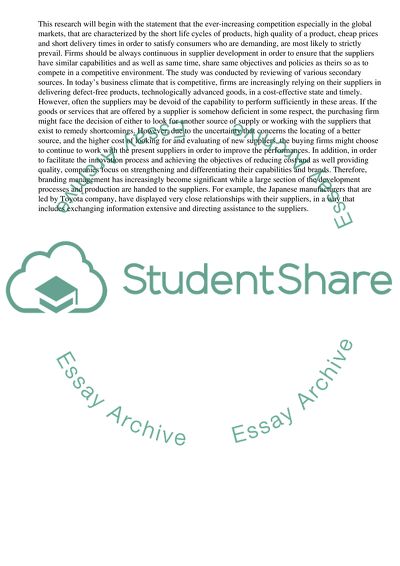Cite this document
(“Contemporary Supply Chain Management and Consultancy Management Essay”, n.d.)
Contemporary Supply Chain Management and Consultancy Management Essay. Retrieved from https://studentshare.org/management/1689701-contemporary-supply-chain-management-consultancy-management-techniques
Contemporary Supply Chain Management and Consultancy Management Essay. Retrieved from https://studentshare.org/management/1689701-contemporary-supply-chain-management-consultancy-management-techniques
(Contemporary Supply Chain Management and Consultancy Management Essay)
Contemporary Supply Chain Management and Consultancy Management Essay. https://studentshare.org/management/1689701-contemporary-supply-chain-management-consultancy-management-techniques.
Contemporary Supply Chain Management and Consultancy Management Essay. https://studentshare.org/management/1689701-contemporary-supply-chain-management-consultancy-management-techniques.
“Contemporary Supply Chain Management and Consultancy Management Essay”, n.d. https://studentshare.org/management/1689701-contemporary-supply-chain-management-consultancy-management-techniques.


